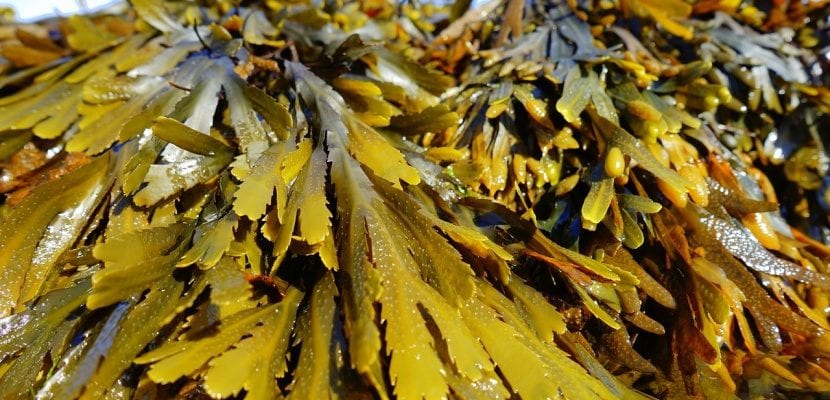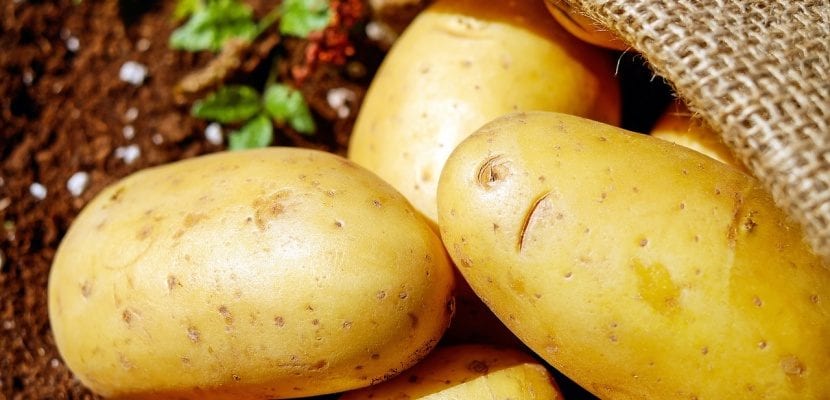
El iodo It is necessary for the proper functioning of the body, however, it is necessary but in small quantities. For this reason, on many occasions we have a deficiency of it because few people look at their specific consumption.
Getting an adequate contribution to our diet is a difficult task, it is a public health problem in many underdeveloped countries, is one of the main causes of childhood mental retardation. Therefore, it is not a small deficiency, but it can become a very serious problem.
The iodine not easily found on EarthFor this reason, it is also difficult to consume it, the practices of vegetable crops have been modified over the centuries and it is believed that today, crops do not provide as much iodine as in the past.

It is also believed that in today's society, with the large intake of sugars and carbohydrates, we need more than we should to counteract.
The amount we need to consume of iodine daily varies depending on age and gender, as we know, men and women often have different physiological needs, as well as children or the elderly.

- 0 to 6 months: 110 mcg
- Ages 7 to 1: 130 mcg
- Children 1 to 8 years: 90 mcg
- Ages 9-13: 120 mcg
- Adolescents and adults: 150 mcg
- Women pregnant: 220 mcg
- Women infants: 290 mcg, should be supplied with a supplement if necessary
Foods rich in iodine
Achieving your daily iodine goal is not a difficult task if we know the best sources to achieve it. Incorporating the food that we tell you next, you can reduce the consumption of salt, you can even stop using it and season your food with greater health awareness.

Sea products
We highlight the seafood in general, blue fish and seaweed. Cod, mackerel, tuna or sardines they are a very good option. We emphasize the white fish the sole.
All the seaweed have become fashionable and many of them bring many benefits, we highlight the kelp that contains 200 mcg in 100 grams of product, that is, more than 10 times the recommended daily amount.
Mussels, prawns or prawns are also a rich option. If you dare with fish oils as a nutritional supplement, You will also be helping your body to have a good dose of iodine.

Vegetables and veggies
To get the iodine from vegetables we will have to be more selective and opt for the productions ecological, since industrialization in cultivated fields impoverishes the soil and does not leave large amounts of iodine.
We highlight the garlic, potato, onion, mixed lettuce, watercress, beetroot, tomatoes, chard and spinach.
Legumes too, like nuts that contain large amounts of minerals. Although it is not a dried fruit itself, we highlight the peanut.
Cranberries, they take the prize for the one that gives us the most iodine, a serving of 75 grams we can get 200 mcg, ideal to consume once a week. Pineapple or orange can also help you increase the dose.
Animal origin products
We highlight the eggs, dairy products like cheese or yogurt which are the ones with the highest proportion. We add a small list of the amounts of iodine provided by the following foods:
- Shellfish: from 200 to 300
- Mussels: 130
- Cod: 120
- Prawns: 130
- Mackerel: 75
- Sardine and salmon: 30 to 35
- Sole: 15 to 20
- Legumes, carrots and broccoli: 10 to 15
What are the symptoms of a lack of iodine
How can we check the lack of iodine in our body it is one of the world problems within the food sector. The deficit can be dangerous in pregnant women and babies. Modern agricultural production affects crops and mineral resources.
The symptoms that we can experience are very variedTo find out if we are deficient, take note of the following symptoms that may appear after a deficiency of this mineral.
- Thyroid growth.
- Depression or anxiety
- Mental retardation in the most extreme cases, usually appears in the children.
- Fetal hypothyroidism.
- Autism.
- Slow brain function
- Slow metabolism
- Weight gain.
- Constipation.
- Weakened immune system
- Probability of suffering cold and flu.
- Emotional instability: anxiety, stress, depression.
- Muscle pains.
- Appearance of cysts in the breasts.
- Decreases the detoxification of the body.
- Thyroid malfunction.
- Memory problems.
- Sensitivity to cold
- Hair loss.
- Brittle nails
- Dry Skin.
- Allergic reactions.
These are some of the causes that we can suffer if our body does not receive the sufficient amount of iodine, we from here provide enough information so that this does not happen. If you feel some of these symptoms, or accumulate some of them, do not hesitate to contact your GP to carry out relevant analyzes and thus control your state of health.
It is important to know how we are internally to avoid scares in the future.
